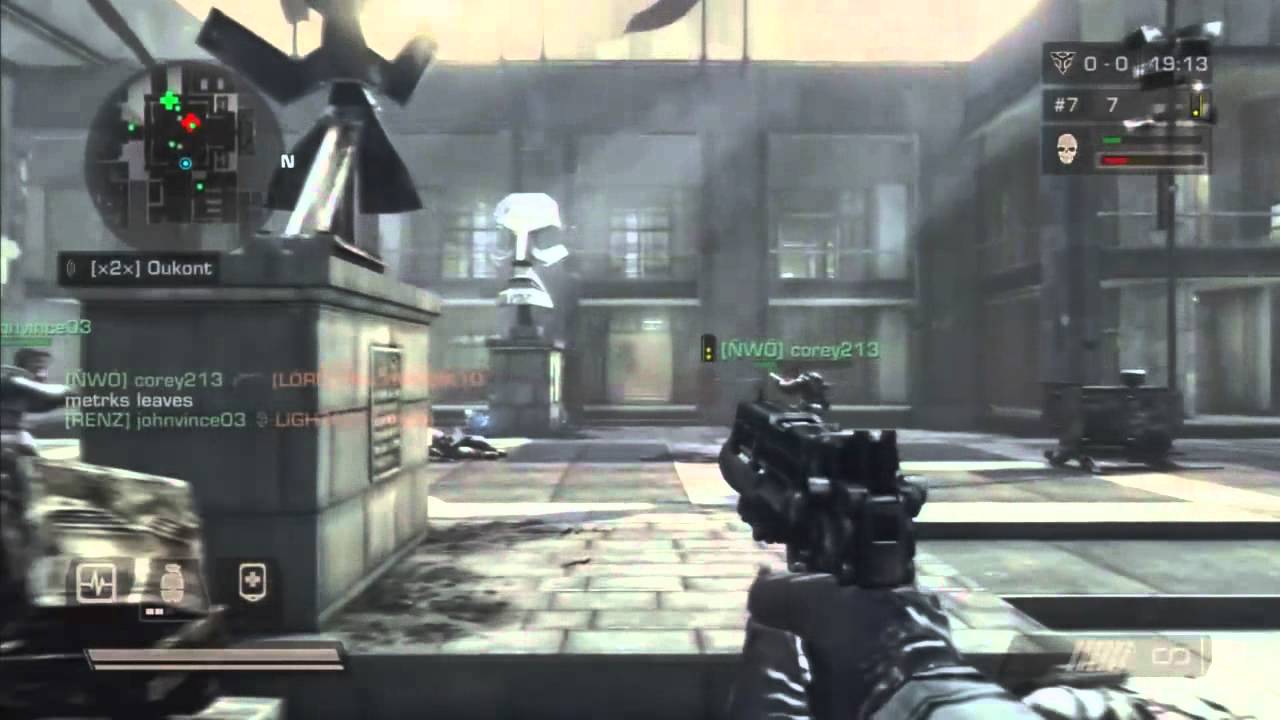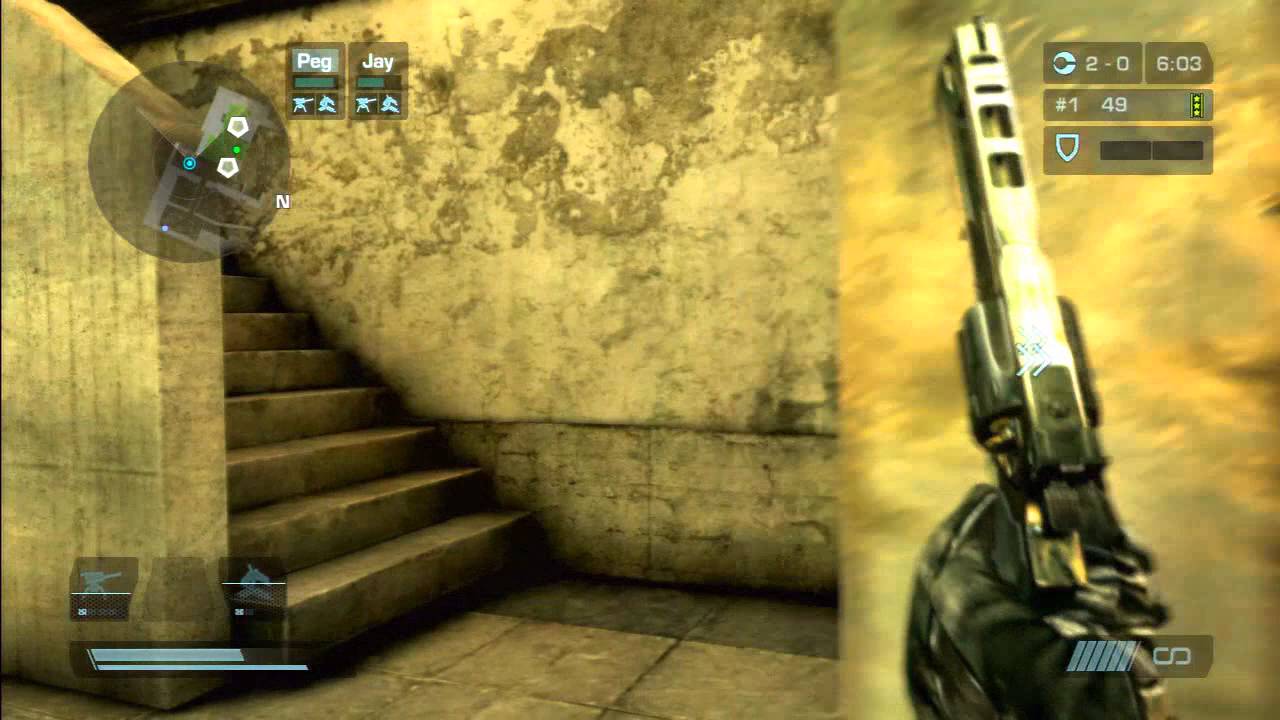Killzone 2: (Almost) A Decade of Warzone
At around 6PM on the 29th of March, AEDST, the servers for Killzone 2 closed. One full game of warzone was being played on Helghan Industries, and one almost-full game of Body Count (deathmatch) was being played, naturally, on Radec Academy. The servers had been online for almost a decade; and over the span of the entire decade, there were usually enough people playing to make up a single game—at least, whenever I tried to play, there were.
Killzone 2 is unlikely to be remembered as a landmark in the history of console online shooters like Halo 2 or Overwatch, but it certainly deserves a place in videogame history for its originality, mechanical quality, and ingenious map design. Its longevity is surely testament to that. It’s also worth noting that remembering in criticism a game that can no longer be played is surely much more important than how we remember games that have at least the hope of existing for future generations through emulation and archives.
Heil Hugo!
So, with that in mind, what made Killzone 2 special? Rather than aiming for a technicolour spectacle in the vein of Call of Duty, Guerrilla Games applied the much-maligned hues of brown, grey and black that were the plague of first person shooters at the time, using Nazi iconography and graphic design principles, to create industrial landscapes, and beautiful, masculine uniforms, that would make Albert Speer and Hugo Boss proud. Equally impressive was the soundscape: winds blew incessantly over Pyrrhus Rise's desert, propaganda played on loudspeakers, commanding officers barked out information regarding the mission at hand, and percussive gunshots echoed over the brass section's melody of shell casings falling like loose change to the floor.
But more important than this aesthetic nuance were the mechanics, map and game design. Warzone was a random playlist of five game types, four of which required a different defensive and offensive strategy, neither of which could be effectively implemented without the support of drones and turrents, and the intelligent use of spawn points—the Tactician class could use spawn grenades, creating a spawn point anywhere on the map; this clever design twist on traditional fixed or random spawn points allowed for dynamism and spontaneity not only in the battles, but also in strategies; and required the defensive team to pay attention to where the offensive team was coming from. Assuming both teams were of a high degree of competence, of course.
Yet, even within this framework where teamwork was vital to achieving victory, knowing where to kill people based on the objective they were trying to complete, allowed for a skilled individual to greatly affect the outcome of the match; as did knowing what lines to follow when running with the speaker during Search and Retrieve (Killzone 2's version of capture the flag), or when to and when not to arm or disarm bombs during Search and Destroy (plant a bomb on a building near the enemy's base, then defend it until it detonates), for instance.
This principle of shuffling game types was also applied to the character classes: each of which had one skill the other classes did not (only the Infiltrator could disguise itself as an opposing player), but also had a secondary ability that all the other classes could use; any class could make use of the Infiltrator’s C4. This meant one could customise one’s character to fit one’s playstyle; and the special abilities and weapons of the individual classes, did genuinely feel different to one another, and affect how one would have to approach an objective, or how to kill and not be killed.
Indeed, one of the most important factors in making Killzone 2’s multiplayer something of a smorgasbord was how different the weapons felt to use—yet how effective they all were, in their own peculiar ways; particularly once one had mastered the shooting rhythm required to reduce recoil. Each weapon produced a different degree of recoil, which drastically affected how one should shoot, and allowed for weapons that at first seemed to be useful only in short to mid range, to be used effectively at long range. The heavy machine gun could be used as an almost fully-automatic weapon as powerful as the shotgun when at close range, but it could also be used as a single or semi-automatic weapon at long range, able to shoot effectively all the way across the smaller maps with the right rhythm of firing. That may make it sound over-powered, but it was difficult enough a skill to master that one was no more effective than a skilled user of the sniper rifle that killed with one shot over an even greater distance, or a fully automatic assault rifle with a scope that could be used as an automatic weapon, even over long distances.
And, as one would expect of a great first person shooter, the aesthetic nuance achieved elsewhere, also applied to the weapons. The high-damage weapons like the shotgun and heavy machine gun sounded beefier, and took up more intrusive screen space than the weaker weapons (compare the powerful revolver with the weak pistol in the slideshow above by clicking on it); and the former could also only be fired in intervals, while the latter required mastery of its recoil, and the heavy aiming (which was nevertheless precise if you set the sensitivity to maximum; it was just a pity you couldn’t turn off the very unhelpful auto-aiming that had a tendency to automatically aim at people running past the person you were trying to shoot) which gave weapons a sense of weight and momentum as you lugged them around, or paused to crouch and aim; two actions that reduced recoil.
Another unique mechanical achievement was the use of a marker—a short, precise noise played at the exact moment you killed another player, or completed certain objectives. Other games use markers, but not very well. Overwatch’s marker, which is given at the moment of killing the opponent, isn’t a single noise but several, making it a very imprecise marker, and, on top of that, the noise is the same noise that is used elsewhere in a percussive fashion to indicate danger when you’re losing. Team Fortress 2’s marker, however, is equally effective as Killzone 2’s, but it plays as you shoot other players, not as you kill them; marking the behaviour of hitting your opponent, not killing them. (Which, admittedly, makes perfect sense due to the time involved in killing someone in Team Fortress 2. Full credit to Valve on that one.)
A bird's eye view of Pyrrhus Rise
But none of this would matter much if it weren’t for the ingenuity and complexity of the map design. Perhaps the best example of Guerrilla Games' map design principles was one of their biggest maps, Pyrrhus Rise.
Pyrrhus Rise was asymmetrical , consisting of two desert islands connected by four bridges: two wide ones on either side of the map, and two thin ones sandwiched between them; more exposed than the wide bridges where the opposing teams faced one another head on, but also shorter, and important to control when it came to delivering propaganda speakers, as this is where they spawned.
On either side of the bridges were four asymmetrical sections of buildings, including the team bases, housing tenements or storage facilities the players could not enter, and one building on each side near to each team’s base to be defended during Capture and Hold (wherein players competed to control areas of the map where they could broadcast propaganda; maybe that's what the loudspeakers in Search and Retrieve were for), as well as one on each side very close to each team’s base, to be defended during Search and Destroy.
This combination of open and enclosed areas allowed for battles where all styles of play were important—complementing this, players could switch mid-game to classes more suitable to the objective—and buildings used for some objectives could then be used for others. For example, a spawn point in the other team’s Capture and Hold building would be a great starting point in getting close enough to their Search and Destroy building to place a spawn point there as well.
Pyrrhus Rise from ground level. The building on the left is the ISA base, the building in the middle is the area they must defend during Search and Destroy; note the exposed nature of its roof (where the explosives are planted), and the very open entrance on its side. To the right of this building, are the storage facilities.
The four choke points, of differing sizes, and the exposed nature of each building's vantage points, meant that one was often exposed to sniper fire, but also that one had multiple routes to the objective the other team was defending (making it one of the easier maps to deliver speakers on, in spite of its size) but, conversely, also that the defensive team had the advantage of higher ground and the greater range of vision that provides: the buildings were themselves either multiple storeys, or built on hills. This combination of open and enclosed areas and multiple degrees of elevation, resulted in long and short range combat simultaneously, and the several choke points and entry points to every building, allowed for a great variety of strategic options.
The bases themselves were also some of the most easily defensible against spawn camping in terribly uneven matches; not only due to the greater size of the map, but also the base's turret placement and the variety of vantage points the bases themselves offered, due to their large entrances and nooks and crannies from which one could see out of and try to shoot the spawn campers; so when preventing spawn camping failed, at least one had a better chance of killing the spawn campers. (It also made spawn camping more fun, because the victims at least had something of a chance.)
These design principles were applied even to the smaller maps, where choke points may have been more suffocating (ahem), but usually had multiple entrances and exits, to allow for more dynamic movement.
All of these elements melded seamlessly together, making for one of the most unique online first person shooter experiences, and also one of the best. An experience so good for those who appreciated it, that they were willing to play it for nine years and 33 days.




